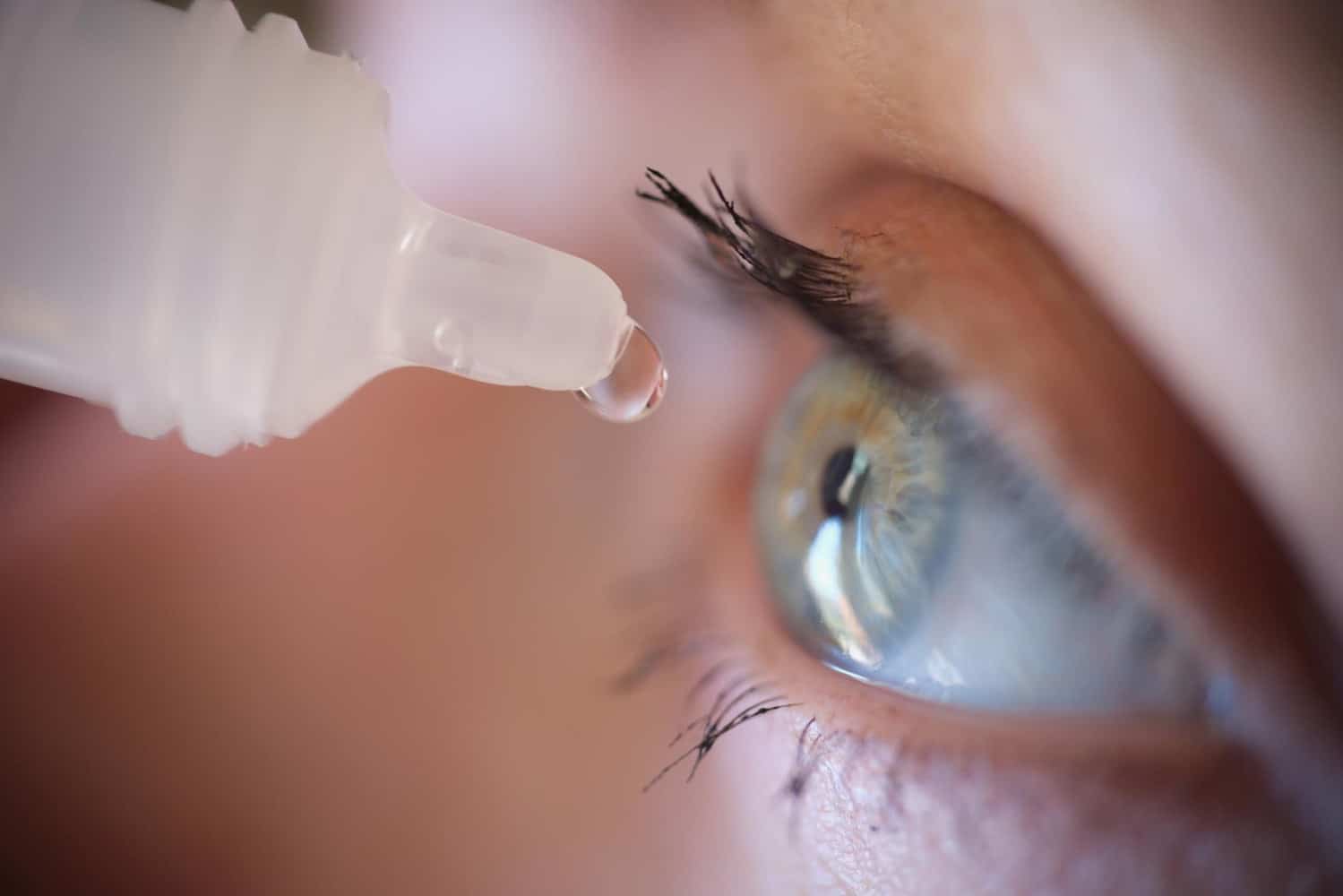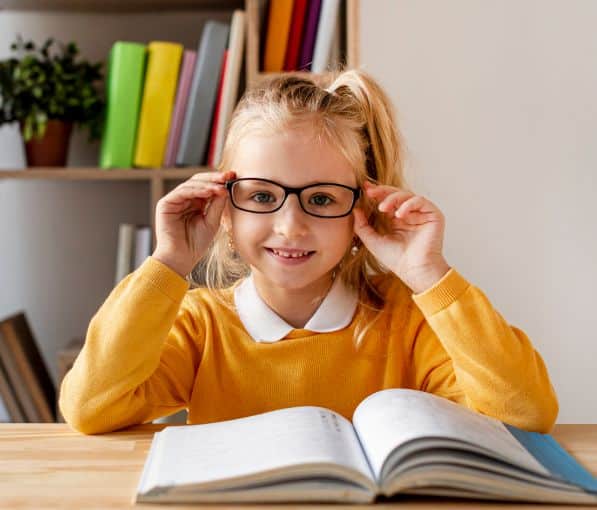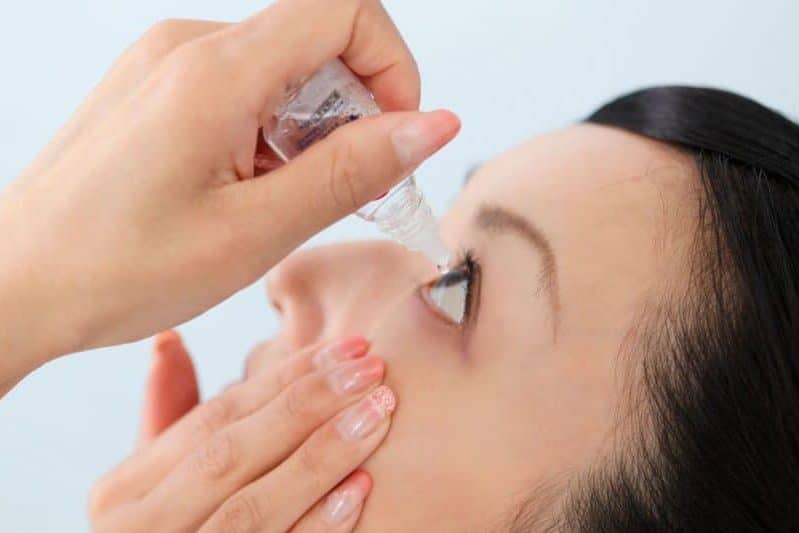Atropine
Atropine eye drop treatment involves instilling low dose atropine eye drops in each eye at night before bedtime. The drops dilate the pupils and temporarily relaxes the eye’s focusing mechanism. This is a short-term option which can relieve the focusing fatigue of children’s eyes, which research suggests may be linked to nearsightedness. The child will still need to wear their spectacles as normal.
This treatment method has been adopted in many parts of East Asia, with up to 50% of myopic children using atropine eye drops in Taiwan.



Who is suitable?
Those with high risk factors of myopia progression:
- Parental history of myopia
- Earlier age of onset
- Young age (6-12 years old)
- High baseline levels of myopia
- Fast progression rate (³-0.50D/year)
- Long hours of near work
- Low levels of outdoor activity
Procedure
- Comprehensive eye examination: The optometrist will check the health of your eyes to check the suitability for the atropine eye drops.
- The optometrist will write out a prescription for the atropine eye drops and email this to the pharmacy.
- The pharmacy will contact you regarding payment and the timing of the delivery.
- Instill 1 drop of low dose atropine in each eye at night before bedtime.
- Follow-up visits are required 2 weeks after the initial instillation then 3 monthly ongoing reviews.
Call us on 07 3345 3383 or book online today!
Things you need to know:
Advantages
- Proven long term myopia control
- Slows myopia progression by 50% over 5 years in children.
- Easy procedure for children who are sensitive to contact lens alternatives
- Non-surgical alternative for myopia management
- No long term effect on distance and near vision, pupil size and focusing ability.
- No risk of infection from contact lens alternatives
- The effect of atropine eye drops on myopia control increases with the use of multifocal spectacles.

Things to remember
- Spectacles must still be worn in conjunction with atropine eye drops.
- Patients have to remember to order the atropine eye drops regularly.
- Should avoid use when the child is expected to be outdoors frequently (e.g. during the holidays)
- If sunglasses are not worn outdoors, may cause early-onset cataracts in the long term.
- The prescription may increase slightly on ceasing atropine. However, this rebound effect is generally much smaller than the effect of the treatment.
Possible risks
- Potential for hypersensitivity reactions to atropine or preservatives in the bottle.
- Mild stinging on instillation
- May experience glare sensitivity when outdoors due to enlarged pupils, therefore sunglasses may be necessary outdoors
- May cause elevated eye pressure in some people. If this is the case, atropine will have to be ceased.
- Slight reduction in focusing ability when reading. These effects are rare with low dose atropine
Frequently asked questions
How long do you have to use the atropine eye drops for?
Can I use different doses of atropine eye drops?
There are different dosages of atropine eye drops. Although 1% atropine eye drops are commercially available, side effects such as increased pupil size, increased glare sensitivity, focusing blur and other systemic side effects, are more prominent. 1% atropine eye drops have also demonstrated a higher rebound effect following cessation of the treatment (i.e. myopia increases after stopping the treatment). These side effects and rebound effects are rare with low dose atropine. Therefore, it is recommended to use low dose atropine.
What are the consequences of high myopia?
When is the best time to start atropine for my child?
How does Atropine compare to Orthokeratology?
- Easy to use
- No requirement for care and maintenance of lenses
- No risk of infection
Benefits of Orthokeratology
- No need to wear glasses or contact lenses
- No glare or near vision blurriness
- Less peripheral distortion
- Reduces incidence of amblyopia (lazy eye)